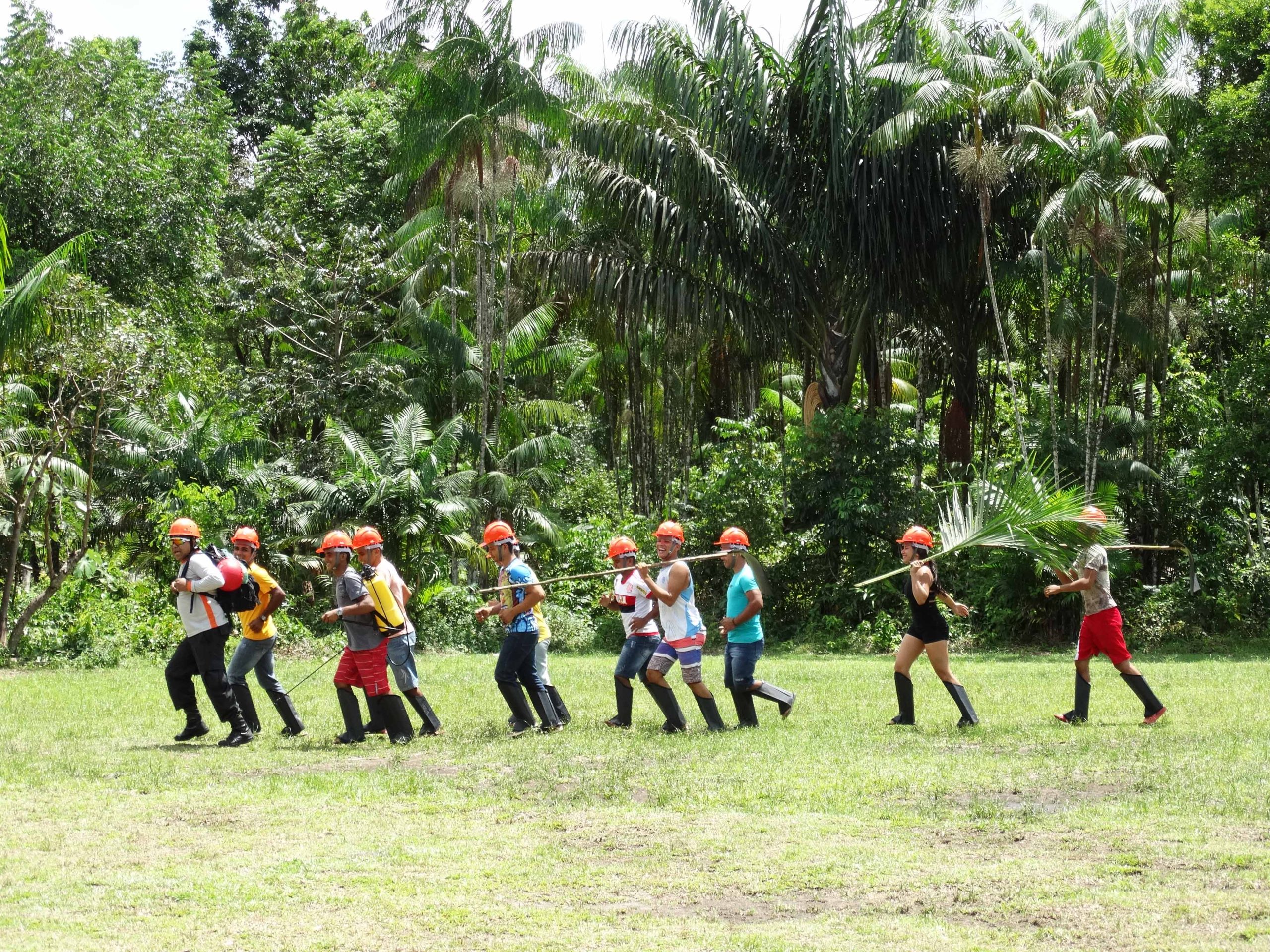
According to scientific findings we will pass the global warming mark of 1.5°C around 2030; we must act now and fight climate change. The main goal set by the 2015 Paris Climate Agreement is the reduction of all greenhouse gas emissions, including CO2, methane, etc., to as close to net zero as possible by 2050. Almost every country in the world has made a commitment to reduce global warming to a minimum.
With help from Climate Partner, during the 2021 business year karuun® calculated its corporate carbon footprint for the first time (Scope 1, 2 and 3) and carried out a Life Cycle Assessment (LCA) for karuun® stripe in collaboration with Sphera™. Essentially, the life cycle assessment records emissions from heating energy, electricity, company vehicles, business travel, upstream and downstream transport and distribution, purchased goods and services, and employee travel. In future, however, emissions from logistics, customer traffic and business trips etc. will be recorded externally. By balancing the CO2 emissions we created, we have an overview of where we saved, where there’s still potential, and we can also ensure that our targets are in line with the main goal of the Paris Climate Agreement.
Other measures aimed at achieving greater climate friendliness include reducing packaging materials, making packaging more sustainable, testing the recyclability and upcyclability of materials, making production and manufacturing as climate-neutral as possible, and comprehensive cradle-to-cradle approaches.
Projects supported by karuun® to achieve more climate protection

Photo: Forest protection, Pará, Brasilien, climatepartner.com/1056
In terms of climate friendliness, we’re just getting started, first of all by offsetting our CO2 emissions as part of the certified climate protection project offered by Climate Partner “CO2 Offset + Regional Nature Protection – 1 t CO2 + Nature Premium, International + Oberallgäu”. Offsetting in this context means balancing our own CO2 emissions and compensating for them, for example, through internationally recognized climate protection projects. As a result of this balancing, our company has been allowed to call itself climate neutral since October 2022 and will be until September 2023. The forest protection project we support in Brazil includes a very special, unique ecosystem: “Várzea” in Pará at the Brazilian Amazon estuary (climatepartner.com/1056). This project protects 97,000 hectares of forest to safeguard against commercial logging. For every ton of CO2 offset, the company also promises to provide a grant to the regional mountain forest project in the Oberallgäu region. The regional initiatives are intended to protect natural habitats such as native forests, moors and the Alps, or to contribute to the agricultural turnaround.
Offset projects run by Climate Partner promise to store CO2 through forest protection projects like the one in Brazil and to promote climate protection at a regional level. The real goal that needs to be strived for is the reduction of greenhouse gas emissions in the future. The main goal is to achieve a greenhouse gas balance of net zero through nature-based CO2 removals.
However, CO2 compensation can only be the beginning. To effectively reduce, avoid or even remove carbon dioxide emissions from the atmosphere in the future, we need far-sighted initiatives — from making the supply chain sustainable (in cooperation with manufacturers and service providers) to environmentally friendly business models. To achieve this, we partner with companies like Fairventures/TREEO who plant trees to ensure that remaining CO2 emissions are removed from the atmosphere. The long-term goal is to remove carbon dioxide to achieve a greenhouse gas balance of net zero.

Photos: Mountain forest project, Sonthofen, Oberallgäu, climatepartner.com/1048
The certified climate protection project promises to contribute to the following UN Sustainable Development Goals (SDGs)
Climate protection projects aim to make a valuable contribution in the fight against global warming. At the same time, they are intended to promote sustainable development in the region by improving the living conditions of local people or by contributing to the conservation of biodiversity. A globally recognized benchmark by which positive effects are measured is the United Nations’ 17 Sustainable Development Goals (SDGs).
Learn more about the UN Sustainable Development Goals here.
Our partners:
























